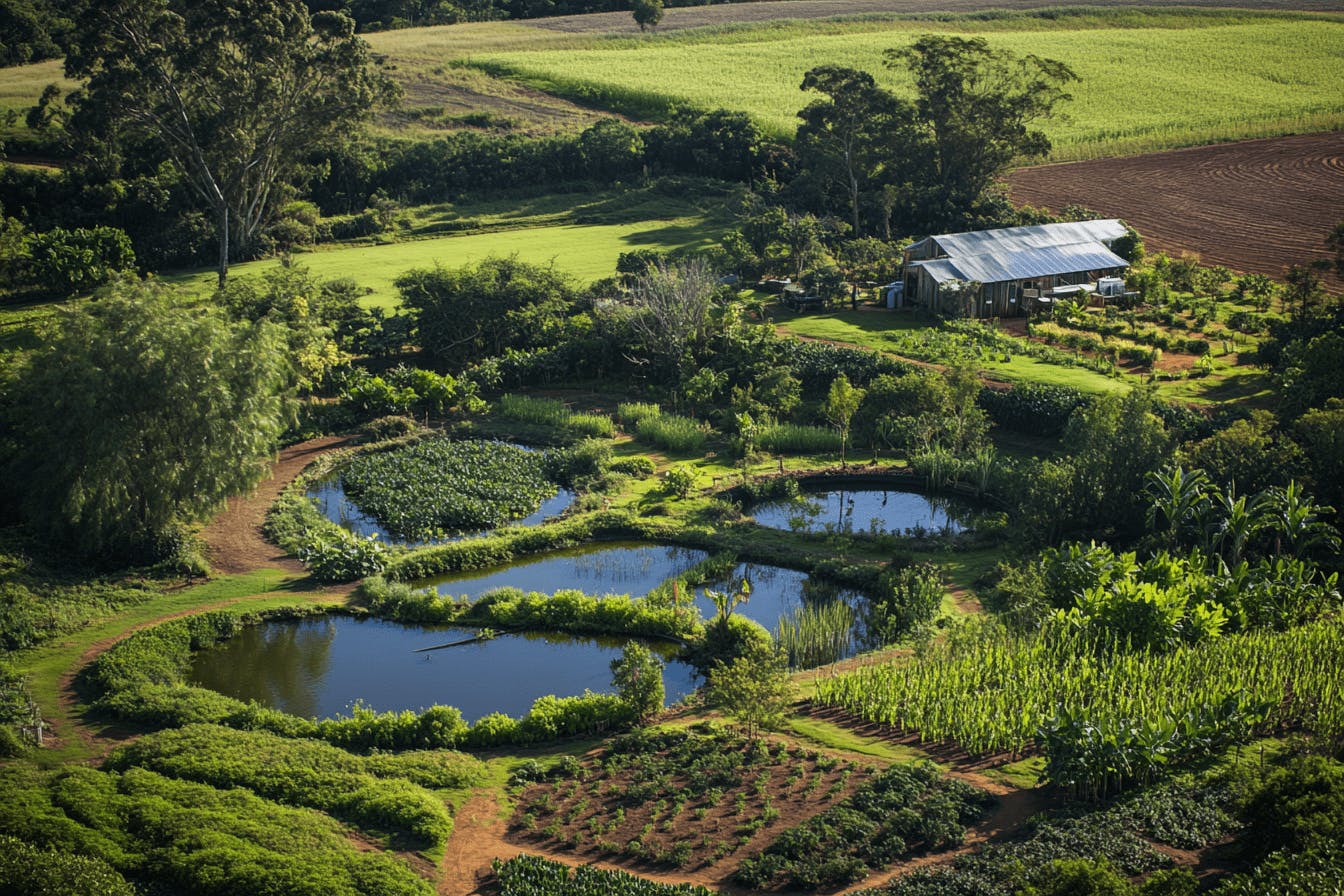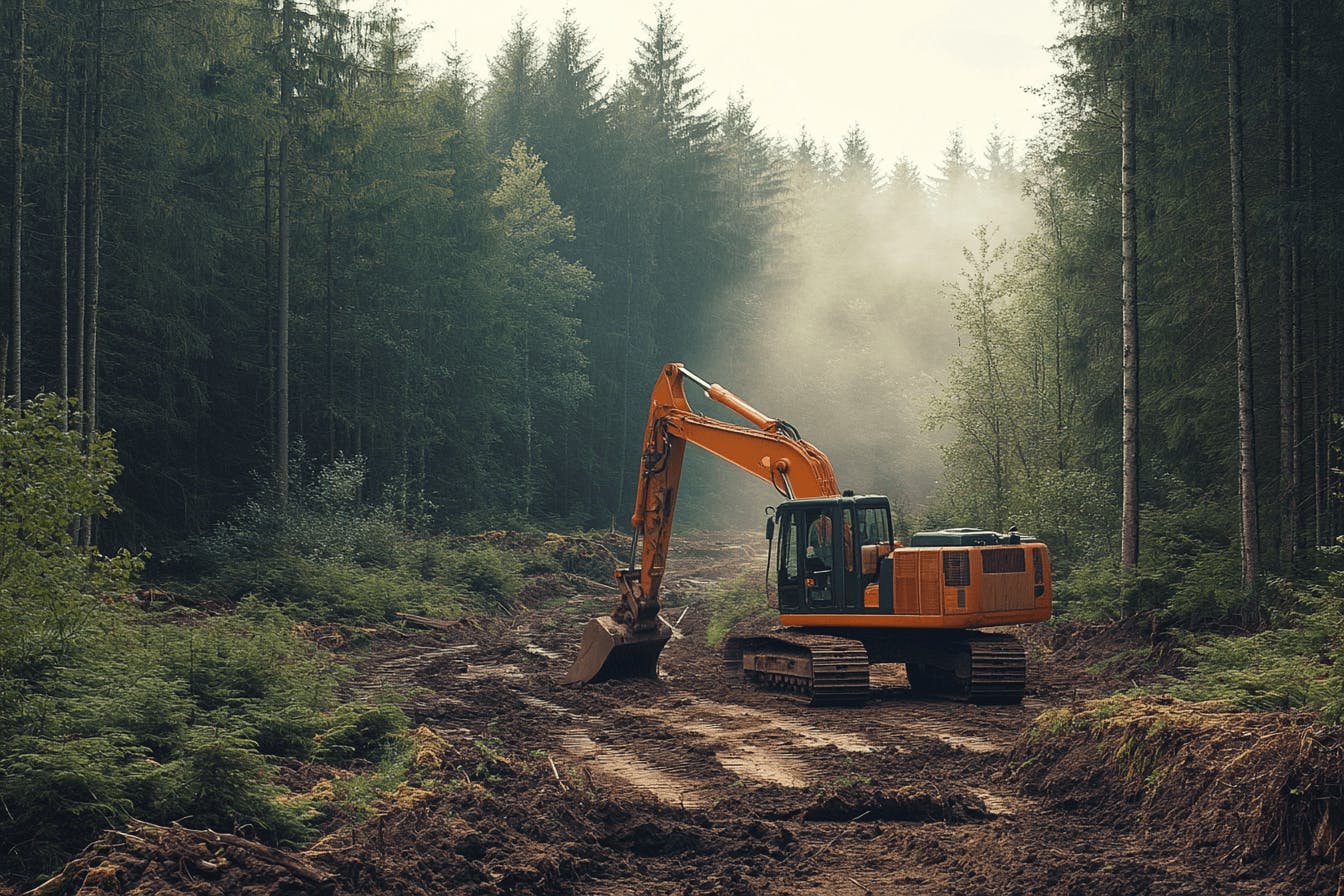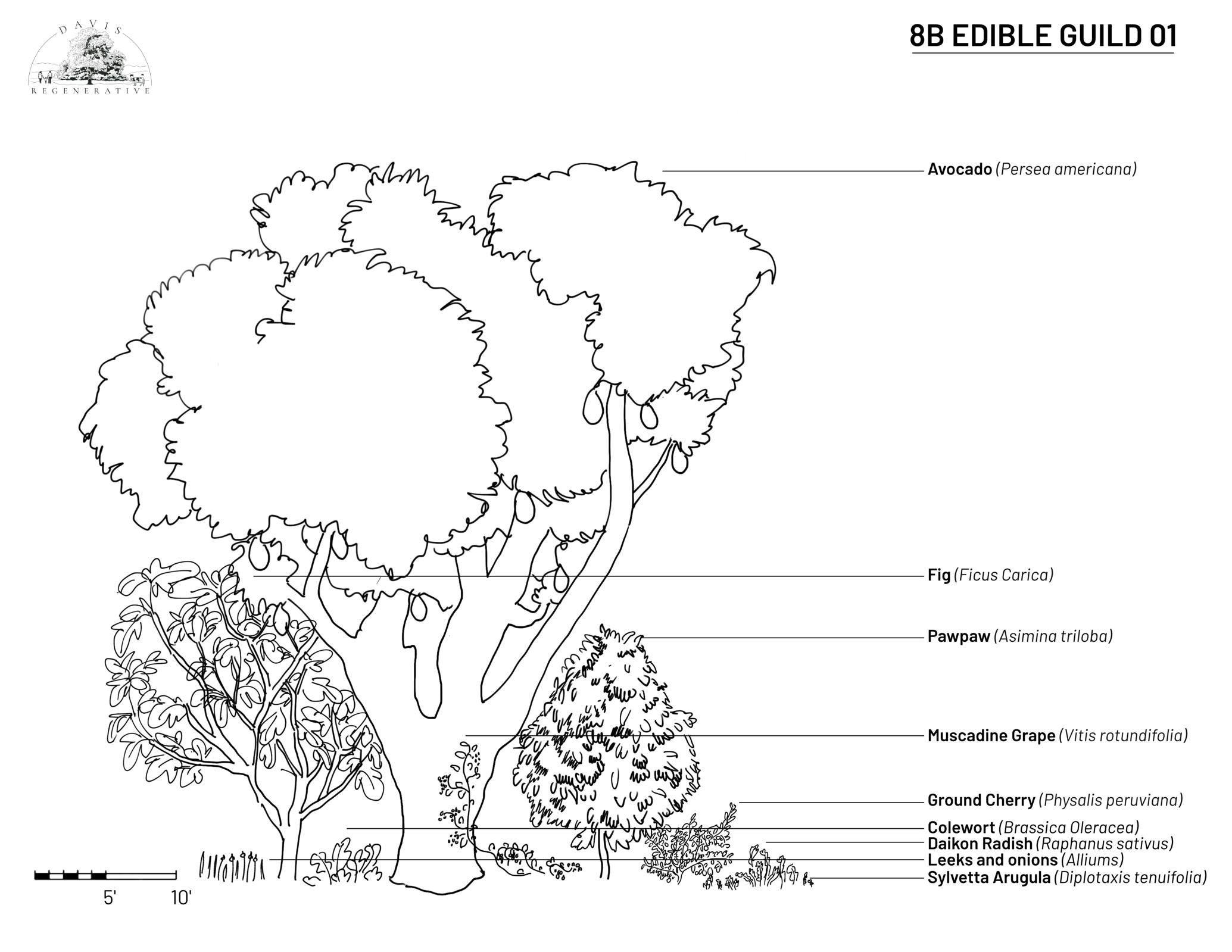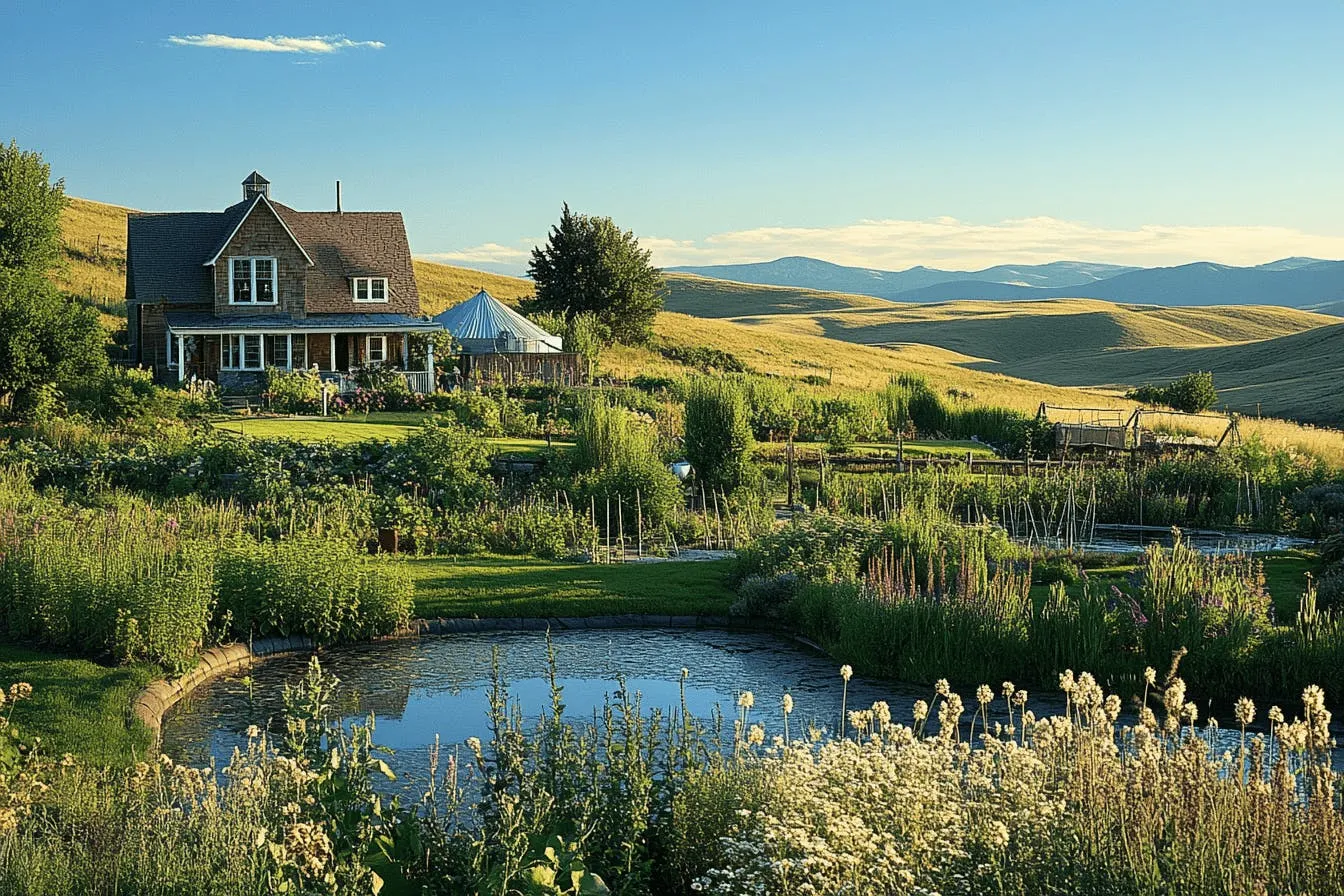Building a homestead is an exciting process, but it’s easy to overlook critical factors that can make or break your long-term success. At Davis Regenerative, we prioritize a thoughtful, phased approach to design that aligns with your land’s natural features. Here are some key factors to consider before you start building.
The Scale of Permanence: A Foundation for Success
First, pay attention to the most permanent aspects of the landscape: rainfall, wind patterns, and the contour (shape) of the land. These are difficult to change, so working with them from the start is essential. By positioning your house, gardens, and water systems to take advantage of natural sun and wind patterns, you’ll set yourself up for efficient energy use and better plant growth down the road.

Water Management: The Heart of Homestead Success
Water management is essential. Start by analyzing the land’s natural contours and the existing soil types, including its health, to understand how it handles rainfall. Systems like swales, ponds, or keyline design can be implemented to capture and retain water, keeping your soil fertile and preventing erosion. If the land has excess water, these same design methods can be used to redirect it away from waterlogged areas.

The Power of Phased Development
Next, think long-term. What you do in the first year shouldn’t undo what you’ll need in five years. A phased approach to clearing land, planting trees, and managing livestock will allow your homestead to grow in harmony with the natural ecosystem rather than disrupting it.

Biodiversity is a cornerstone of a thriving homestead ecosystem. Incorporating a variety of plants and animals not only enhances the beauty of your land but also promotes resilience against pests, diseases, and environmental changes.
A diverse array of crops can reduce the risk of total failure due to disease or adverse weather conditions affecting a single crop. As we say in permaculture, "two is one, and one is none". Resiliency in numbers is key and you should ensure each system on your homestead has at least one backup in place.
Building Resilience Through Layered Diversity
Additionally, interplanting and companion planting can improve pollination and enhance soil health. By fostering biodiversity, you create a balanced ecosystem that supports your homestead's productivity and sustainability.

Building a successful homestead is not just about your individual efforts. It requires a strong community and the utilization of local resources. Establishing relationships with neighbors, local farmers, and organizations can provide invaluable support and knowledge. Consider joining or forming local homesteading or permaculture groups where you can share experiences, exchange resources, and collaborate on projects. Local farmer's markets can also serve as a platform for sourcing seeds, plants, and other materials while fostering community connections.
Creating Lasting Success
At Davis Regenerative, we've seen how proper initial planning consistently reduces development costs and increases long-term productivity. The key lies in working with, not against, your land's natural patterns. Through careful observation, thoughtful planning, and phased implementation, you can create a homestead that becomes more productive over time, requires fewer inputs as it matures, and builds rather than depletes resources. With the right initial design, you can create a sustainable, productive homestead that supports your family for generations.
Ready to start planning your homestead? Contact us to learn how we can help you develop a comprehensive plan that works with your land's natural features and supports your long-term goals.
